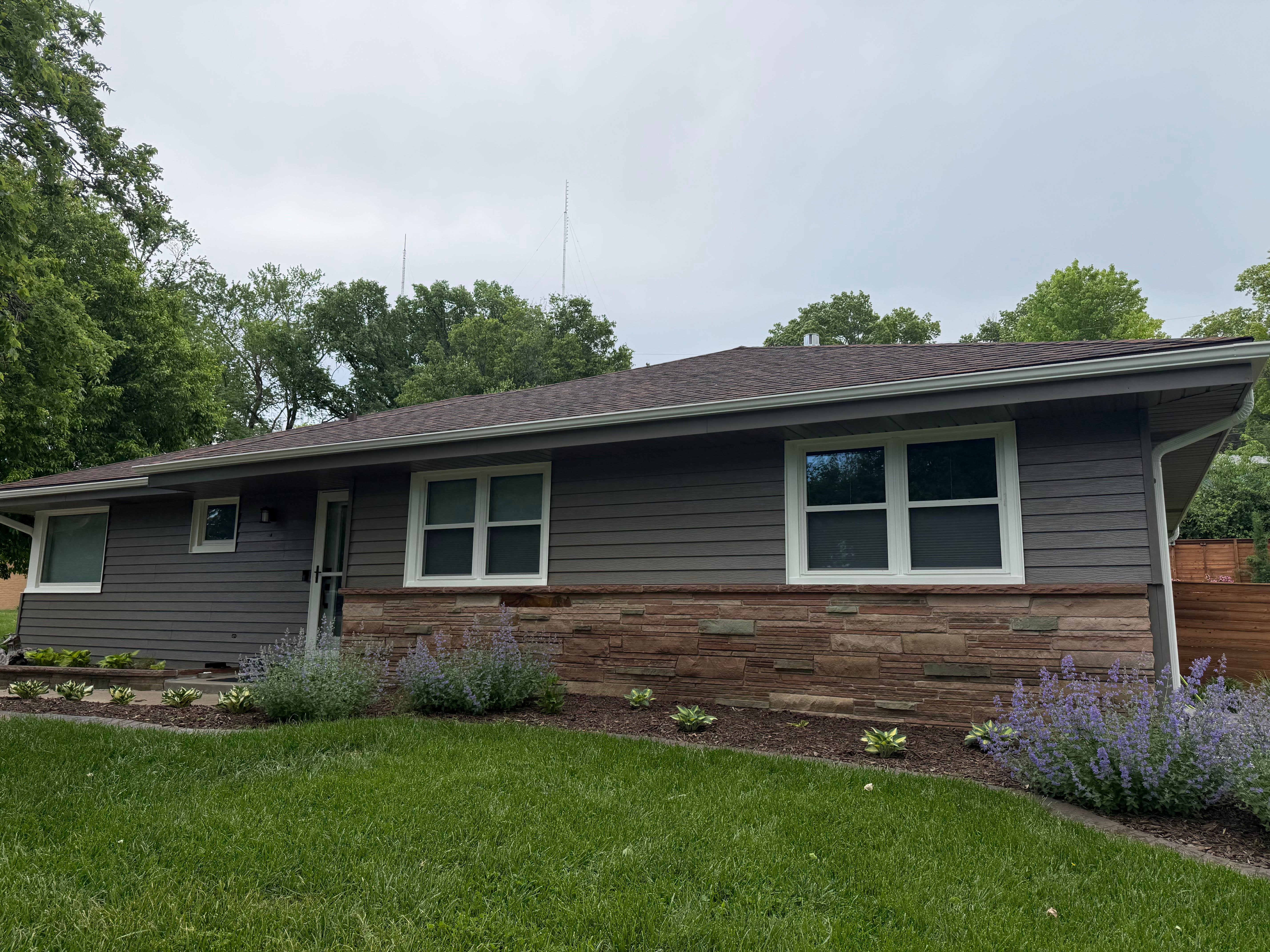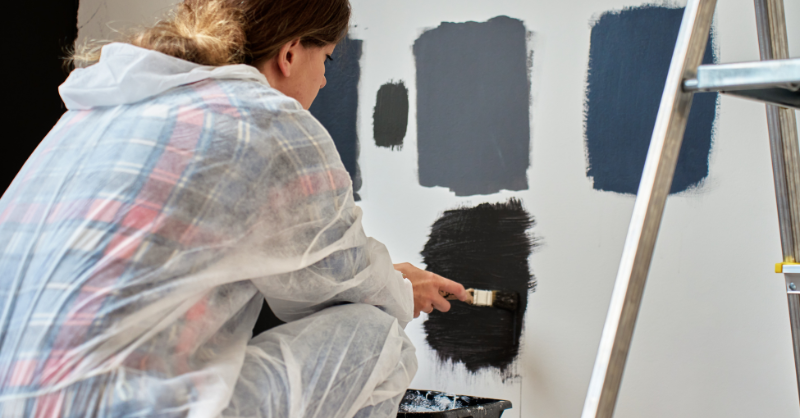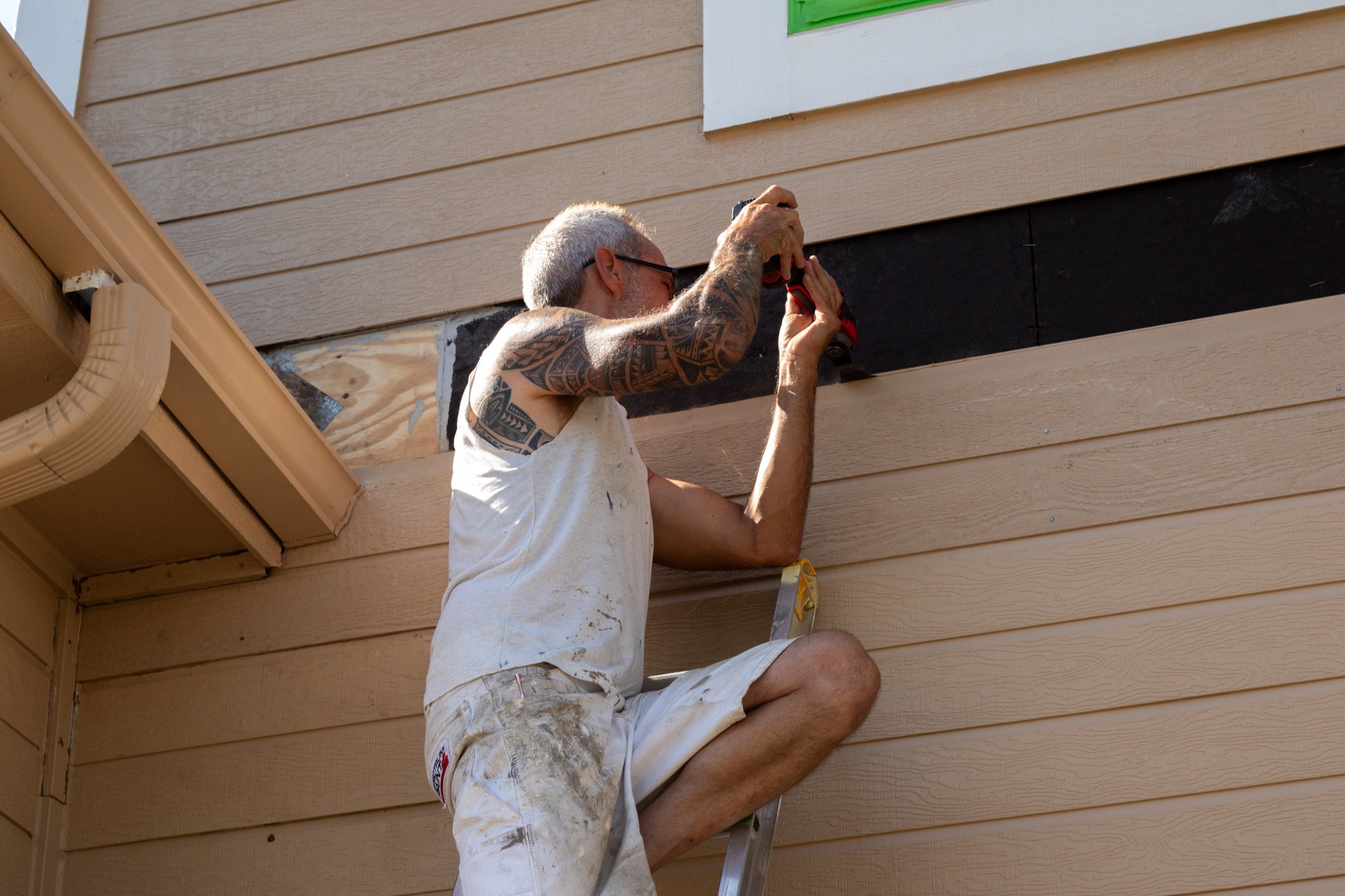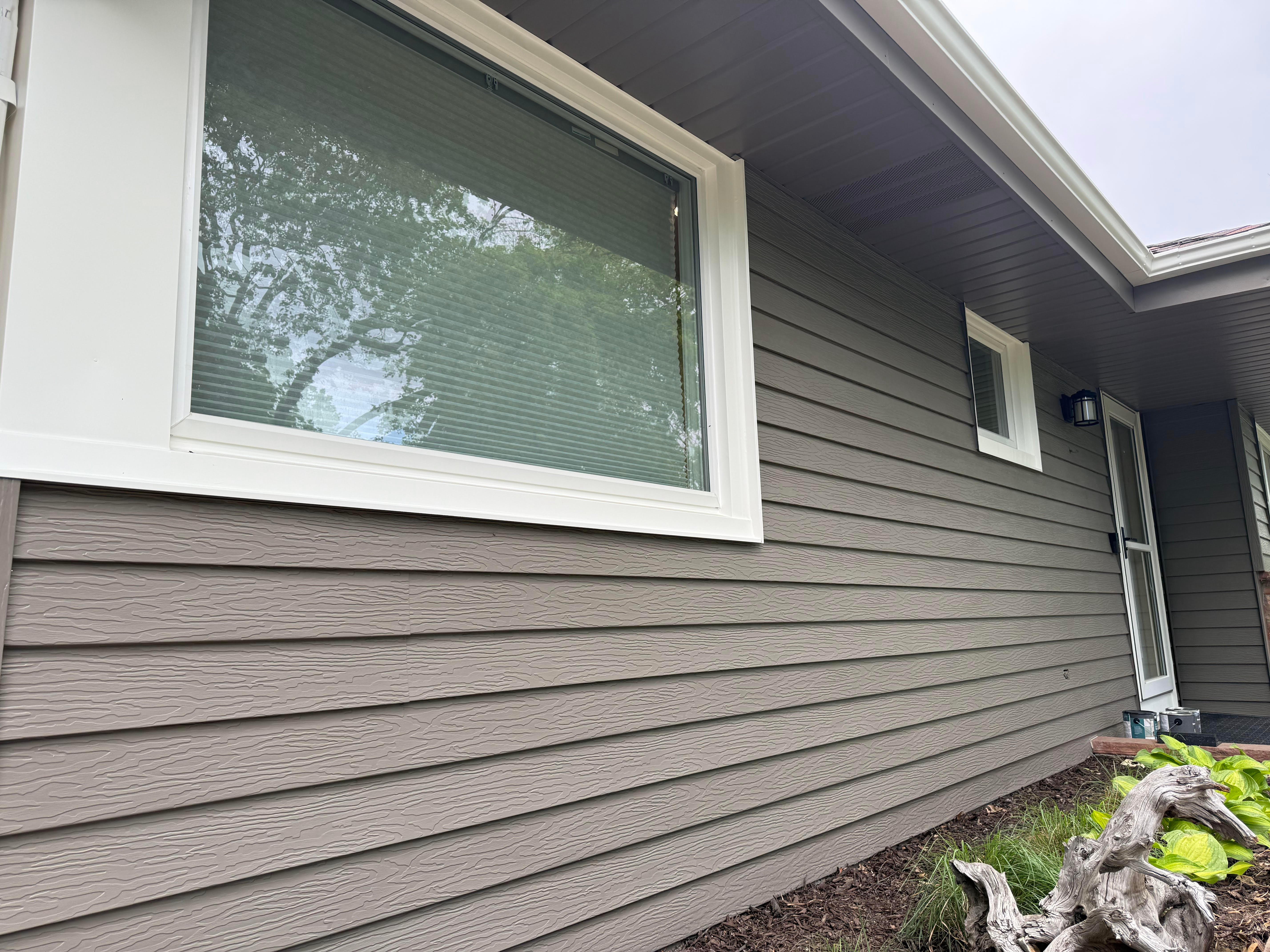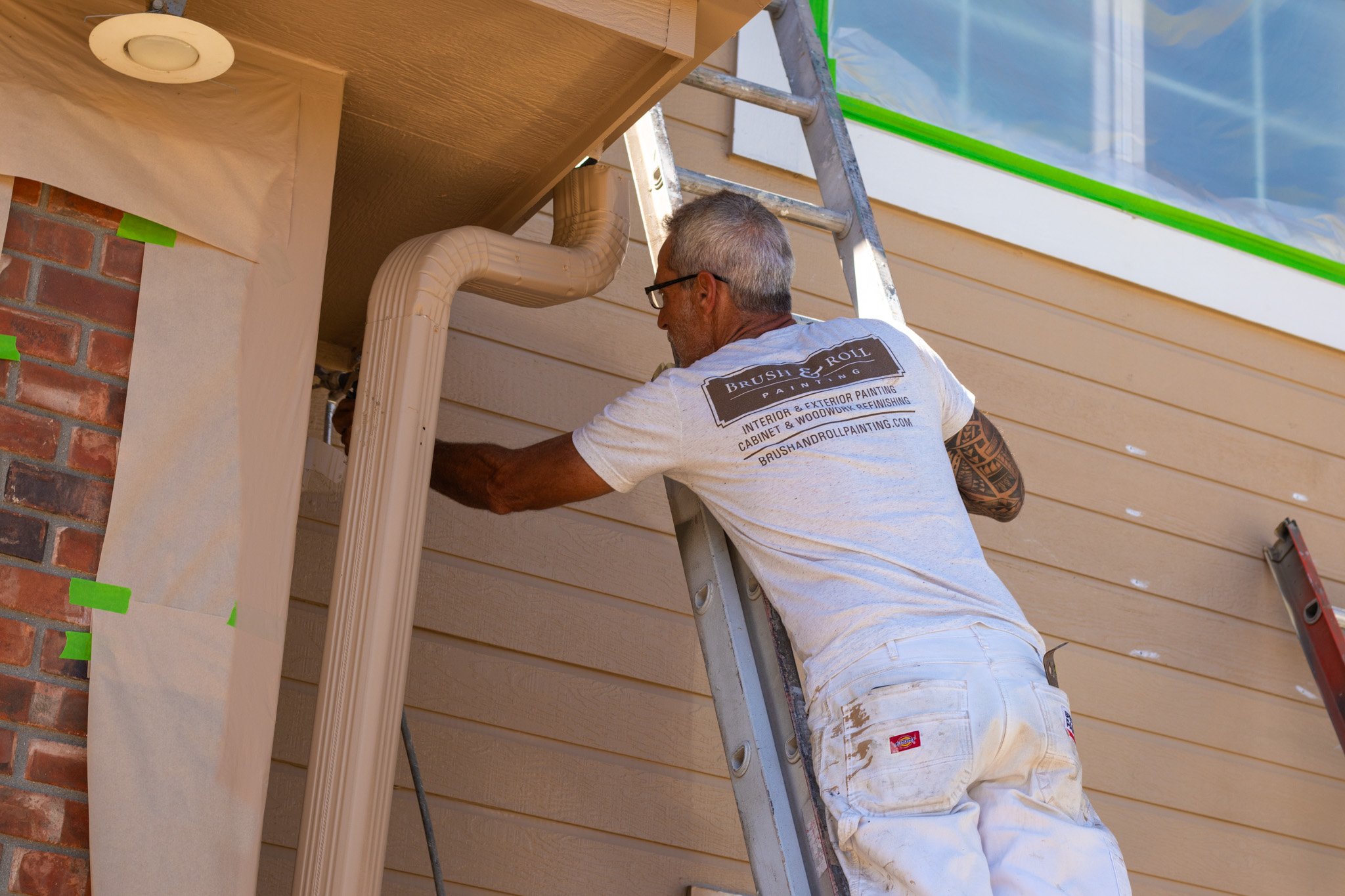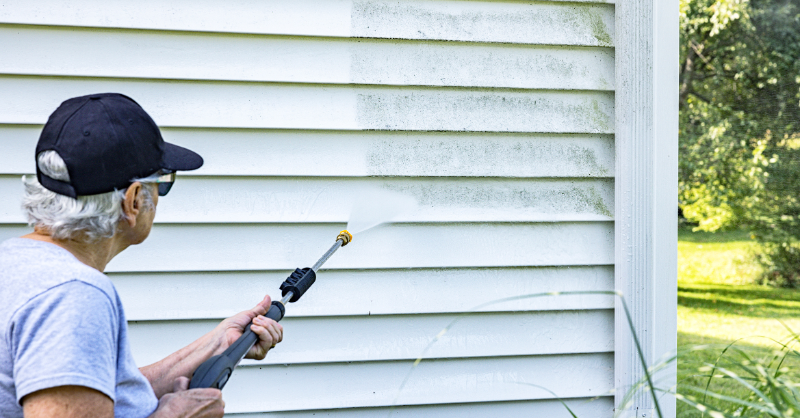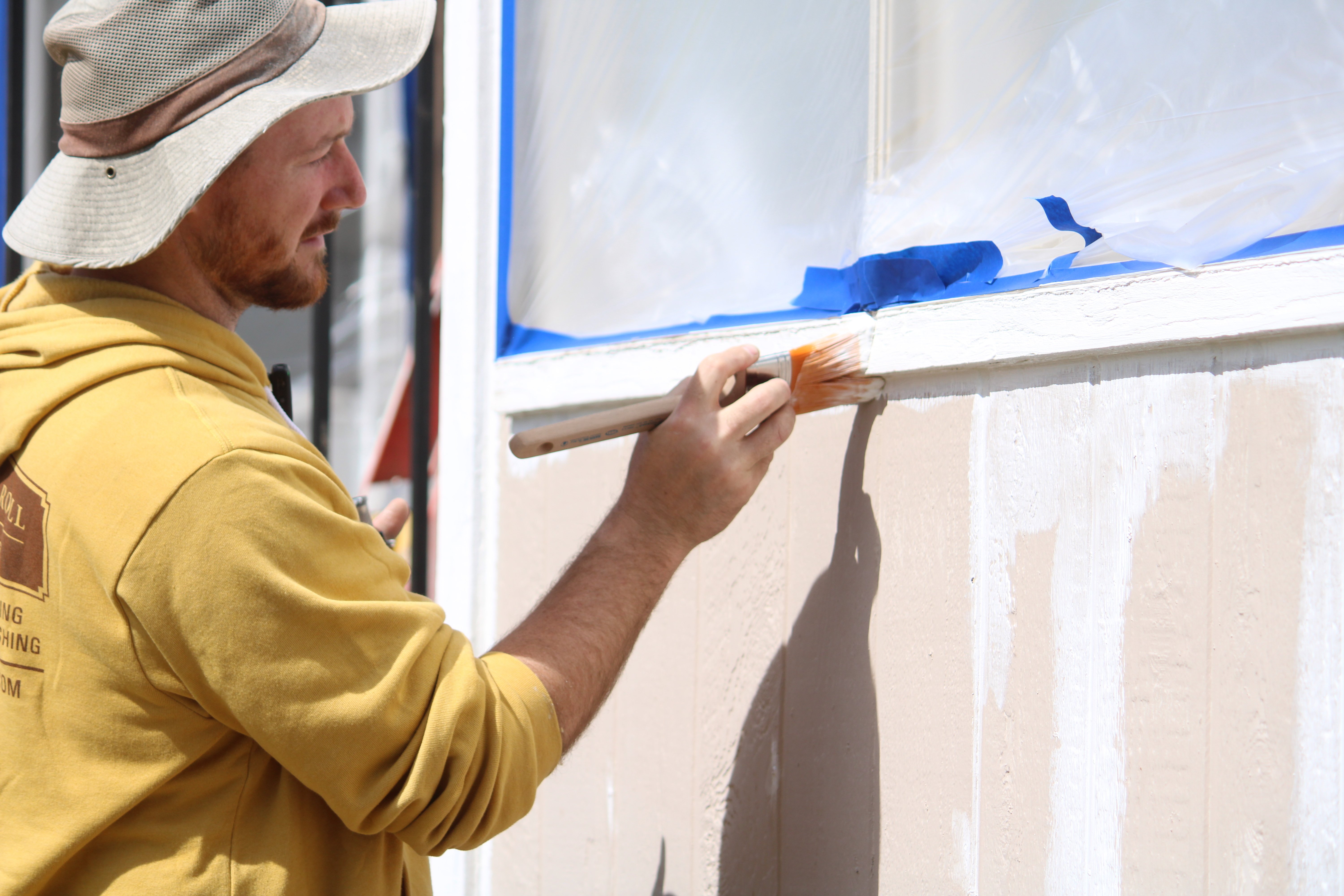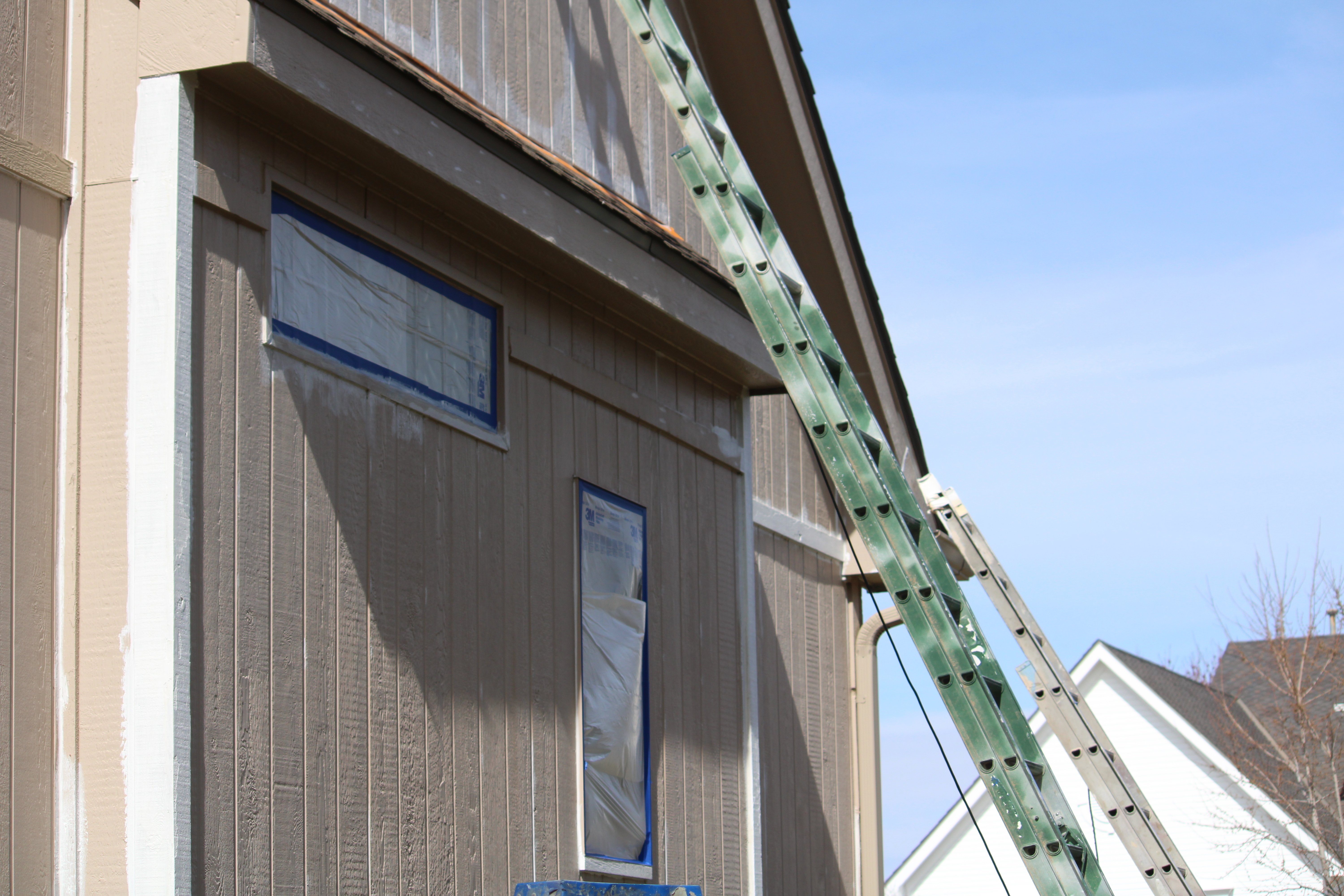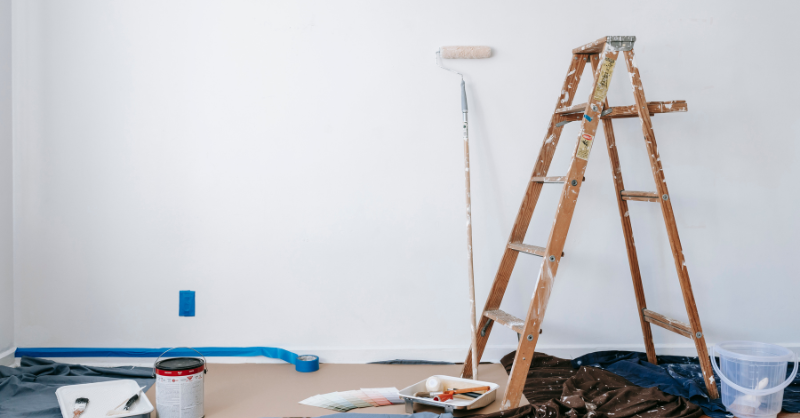How Many Colors Should a House Exterior Have?
June 9th, 2025
5 min read

Choosing exterior paint colors for your home can feel surprisingly overwhelming. What started as an exciting project might now feel more like a color math puzzle. Are two colors enough? Should you add a third? What about the garage, shutters, and trim?
If you're feeling stuck staring at paint chips and Pinterest boards, you're not alone. Many Omaha homeowners want their home to look great, but worry about making the wrong choice.
At Brush & Roll Painting, we've been helping homeowners throughout Omaha since 1996. We've painted everything from small condos to large custom homes. We’ve seen what works and what doesn’t when it comes to choosing exterior color combinations, and we understand how Nebraska’s lighting, weather, and home styles all play a role in paint decisions.
This article will help you understand how many colors most homes use on the exterior, what those colors typically go on, and how to decide what’s right for your own house. Whether you’re painting yourself or hiring a painter, you’ll walk away with practical, easy-to-follow tips so you can love the look of your home.
How Many Exterior Paint Colors Should a House Have?
Most homes have at least two colors, but many use three. Here’s how that usually breaks down:
- Main Color: This covers the majority of your siding or stucco.
- Trim Color: For areas like door and window frames, fascia boards, and soffits.
- Accent Color: Often used on the front door, shutters, or garage doors to add contrast.
Some homes only use two if they want a more minimal or classic look, but most modern homes in Omaha benefit from three distinct but coordinated colors.
Why Not Just One Color?
Using just one color on the entire home exterior can make the house look flat or unfinished. Even if the color is beautiful, it often lacks the contrast and structure that trim and accent colors provide. That’s why even traditional homes like colonials or craftsman-style houses typically still use a separate trim color to frame the structure.

Where to Use Each Exterior Paint Color
Let’s break down the roles of each color so you know what goes where.
1. Main Body Paint Color
This is the base of your home’s exterior. It usually goes on:
- All siding or stucco walls
- Gables or dormers (unless you want to highlight these with a second color)
- Any large wall surfaces
Tips for Choosing:
- Start with this color first. It will guide the rest of your choices.
- Pick something you won’t get tired of in a year. Neutrals like warm grays, soft whites, or muted greens are popular and timeless in Omaha neighborhoods.
2. Trim Paint Color
Trim frames the house. It goes on:
- Window and door frames
- Fascia (the board under the edge of your roof)
Roof edges and possibly soffits (the underside of your eaves)
Tips for Choosing:
- White or off-white is the most common trim color because it makes windows and doors stand out.
- For a modern twist, many homeowners are using black trim, especially on white or light gray houses.
3. Accent Paint Color
This is the color that makes your house pop. It usually goes on:
- Front doors
- Shutters
- Garage doors (sometimes this is the same as the siding, other times it’s treated as an accent)
- Decorative brackets or corbels
Tips for Choosing:
- Choose an accent that feels bold without being distracting. For example, navy, black, red, or a deep forest green.
- Look at your roof color. You don’t want your accent to clash with a reddish-brown or dark gray roof.

Choosing a Paint Color for Garage Doors
Garage doors are tricky because they can either blend in or stand out, depending on your goals.
Here’s a quick way to decide:
- If your garage door is front-facing and large, consider painting it the same as your siding so it doesn’t dominate.
- If your garage door has unique architectural features, you might use the trim color or even a third, subtle color to highlight it.
Tips for Picking the Right Color Placement
Here are a few tips that homeowners find helpful during the planning stage:
- Match to Roof, Brick, or Stone: Your paint colors don’t stand alone. You need to consider permanent elements like roof color, brick or stone veneer, and concrete driveways or patios. For example, if you have a red brick base, avoid colors that will clash, like bold oranges or yellows. If your roof has a lot of pattern or variation, keep your siding simple so the house doesn’t feel too “busy.”
- Test in Daylight: Colors look different in Omaha sunlight compared to indoor lighting. Always test large swatches outside before committing.
- Start Simple: Pick your siding color first, then add trim and accents. Trying to choose all three at once is like juggling blindfolded.
- Use Contrast Wisely: If you have bold siding, go with light trim and a simple accent. If your siding is light, you can play more with color on shutters or doors.
- Watch for Undertones: Grays can lean blue, purple, or green. Put samples next to your brick or stone to make sure they don’t clash.
FAQ’s About Choosing Exterior Paint Colors
Can I Get Help Choosing Exterior Paint Colors?
If you’re feeling stuck or unsure, you're not alone—picking exterior colors is one of the toughest parts of a painting project. The good news is, you don’t have to figure it out on your own.
Many professional painters offer color consultations as part of their service or for a small additional fee. These consultations can take a lot of the guesswork out of the process. A color expert will look at your home’s features, surrounding environment, and your preferences, then recommend combinations that work together and complement your home’s fixed elements, like your roof or brick.
Some painters also have connections with interior or exterior designers, especially if you’re doing a full remodel or building a new home. Designers can help you choose a cohesive look that flows with your landscaping, neighborhood, and even interior style.
Even if you don’t work with a designer, most painters are more than happy to offer guidance. They’ve seen a wide range of color combos and can point you in the right direction based on what has worked for homes like yours in Omaha.
Should the Siding and Trim Be the Same Color?
While it might feel simpler to paint your siding and trim the same color, it’s usually not the best choice. When siding and trim blend together, your home can lose its definition and appear flat from the street. Even a subtle difference between the two can make a big impact.
For example, if your siding is a soft gray, colors like crisp white or creamy beige for trim will frame the house nicely and bring out its features. On the other hand, using the same color for both often hides architectural details like windows, corners, and rooflines.

Should Shutters Match the Front Door?
Sometimes yes, sometimes no. A good rule of thumb is:
- Match them if you want symmetry and balance.
- Choose a different but coordinating color if you want a more playful or modern look.
Either way, just make sure they don’t compete with each other or the siding.
Exterior Painting in Omaha, NE
Choosing the right number of exterior colors comes down to balance. Most Omaha homes look best with three colors: one for the siding, one for the trim, and one for accents like doors or shutters. The key is knowing what each color does for your home and making sure they work together.
This article gave you a roadmap for figuring out what colors go where, how to pair them with your home’s permanent features, and how to avoid the most common mistakes.
At Brush & Roll Painting, we’ve seen what works for Omaha homes since 1996. We hope this guide helps you feel more confident as you plan your project. Whether you're working with a painter or doing it yourself, the right color combo can truly make your house feel like home.
Click the button below to get a quote and take the next step toward making your vision real.
If you're starting to plan your exterior painting project and want to get a better sense of what it might cost, try our easy exterior painting pricing calculator. It’s a quick way to see price ranges based on your home’s size and details—no phone call or appointment needed.
Kaylea is the Brush & Roll Painting Content Manager. Kaylea is a Journalism and Media Communications summa cum laude graduate with a minor in Marketing from the University of Nebraska at Omaha. Kaylea manages the marketing for Brush & Roll Painting.






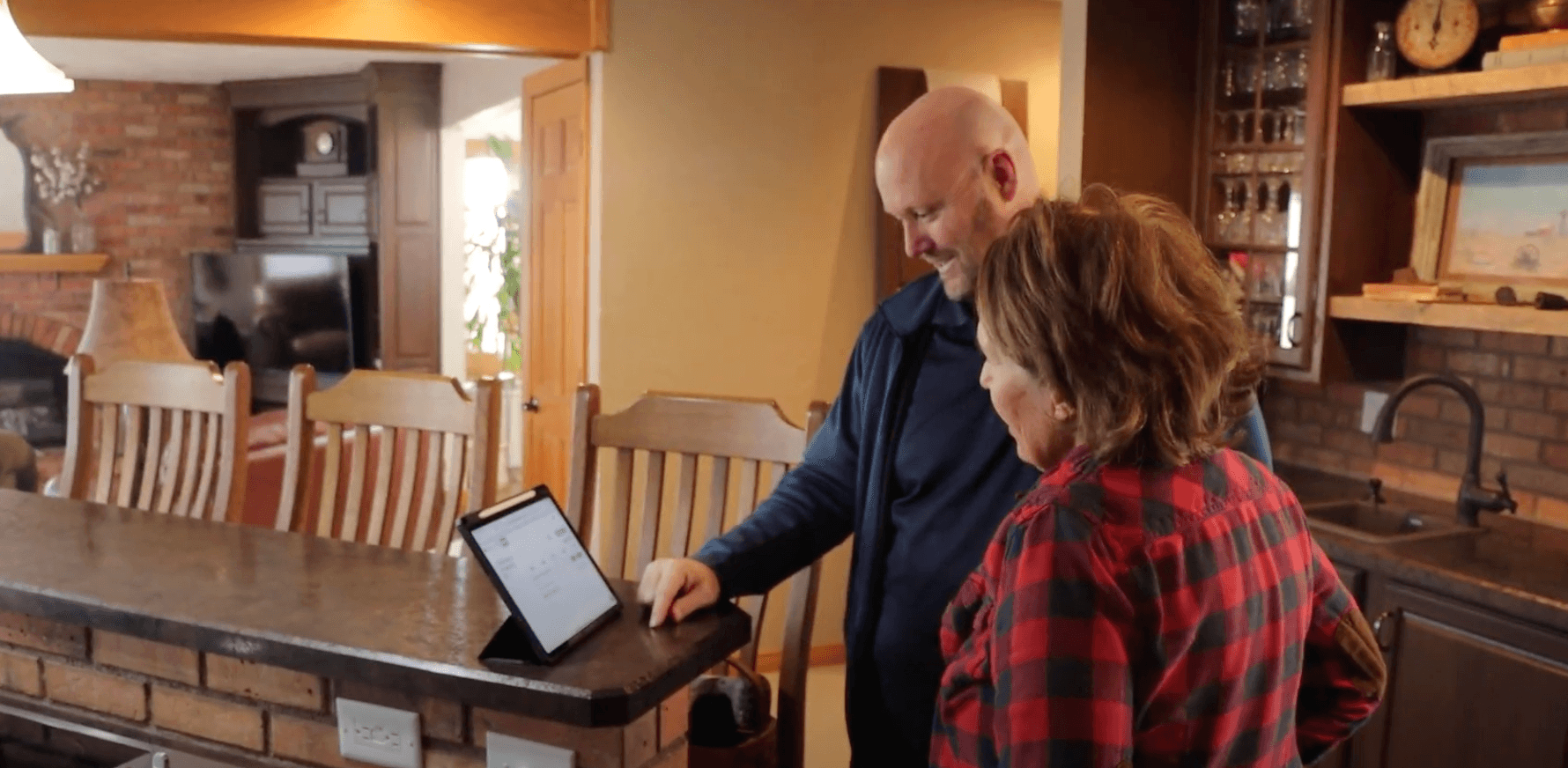

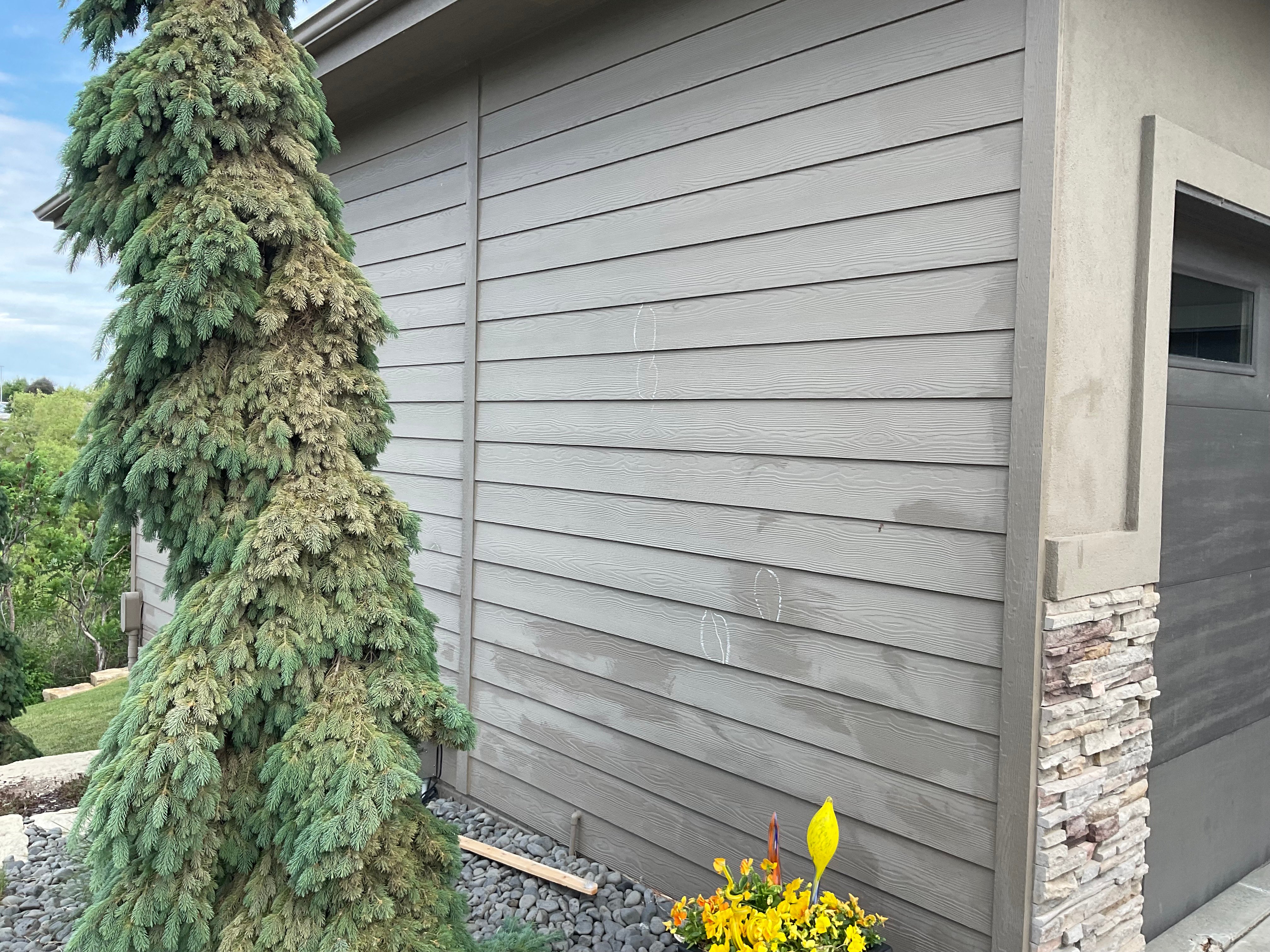
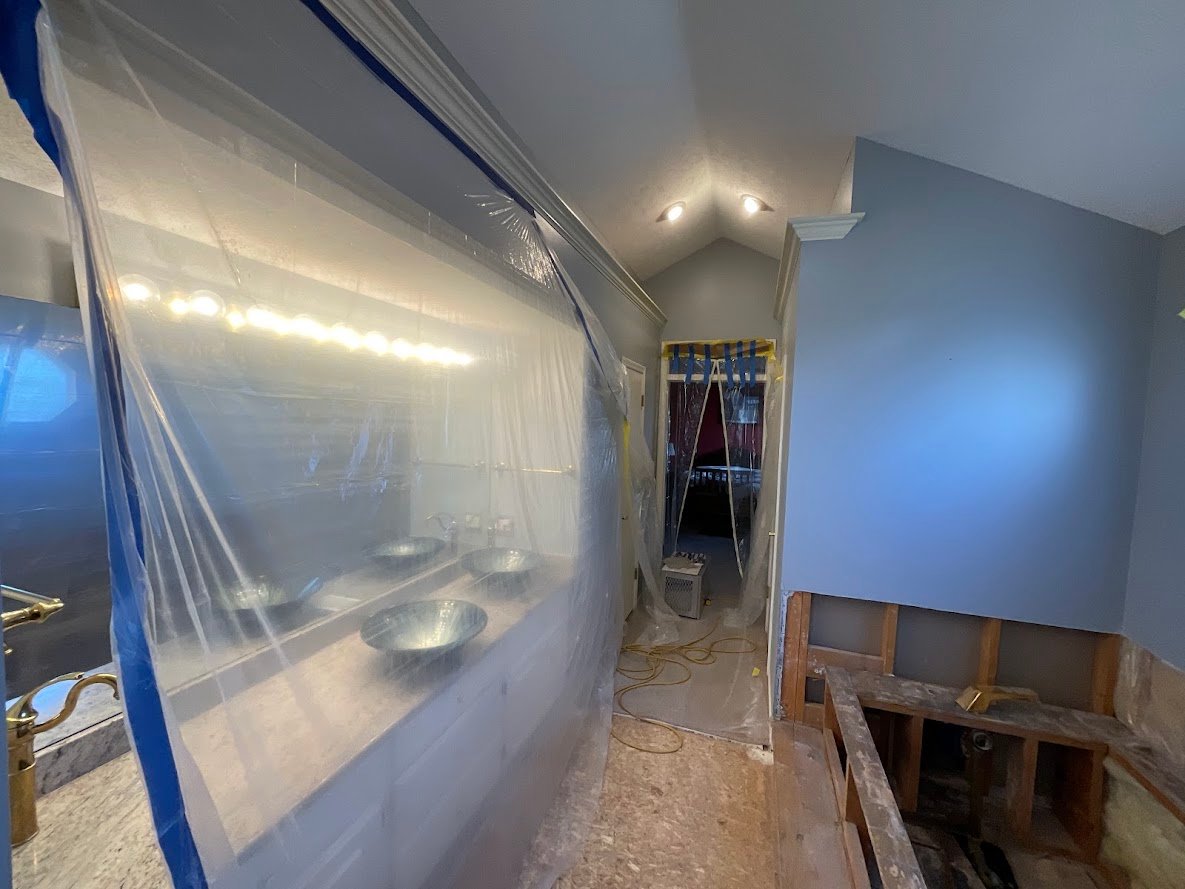
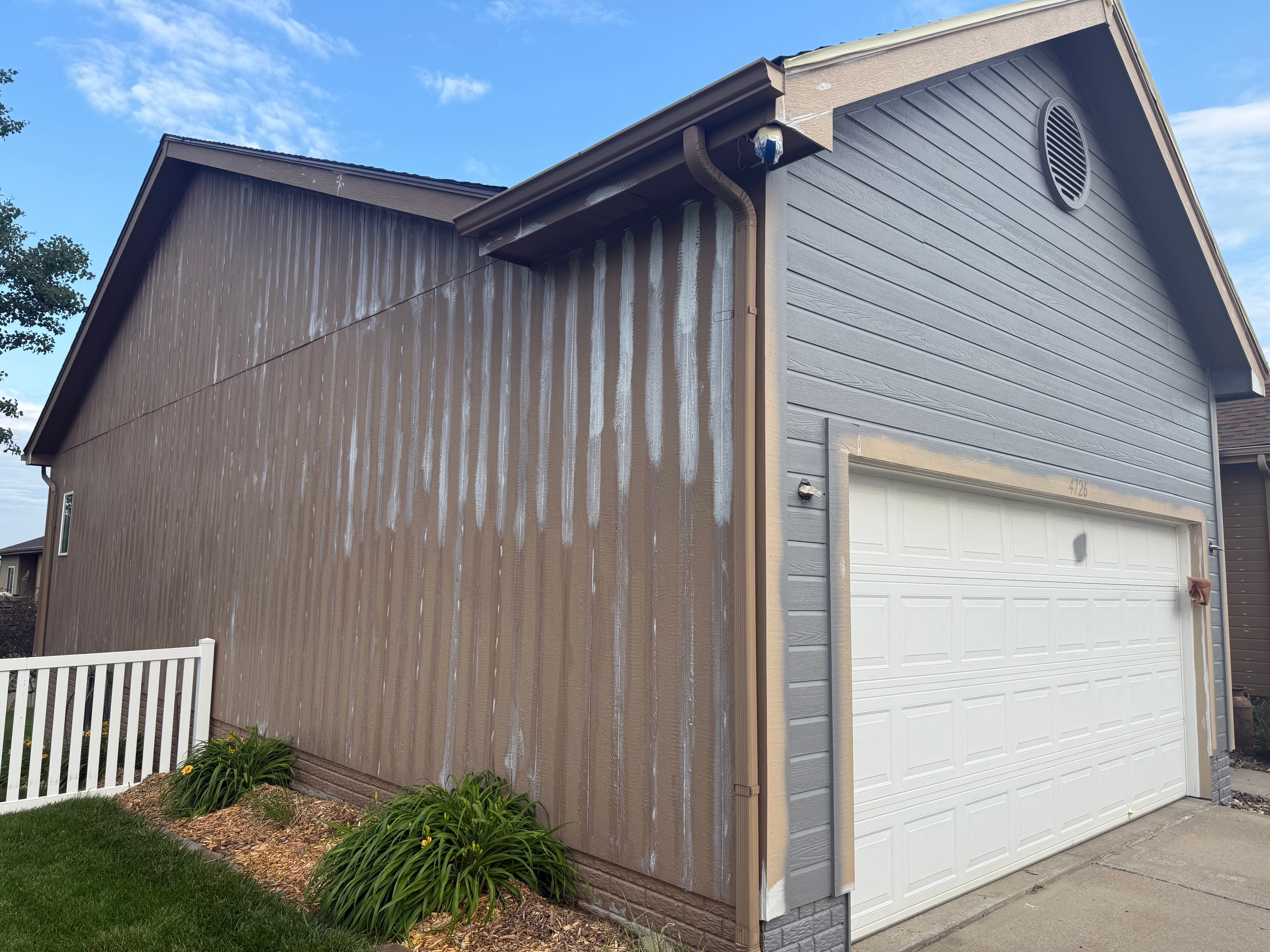
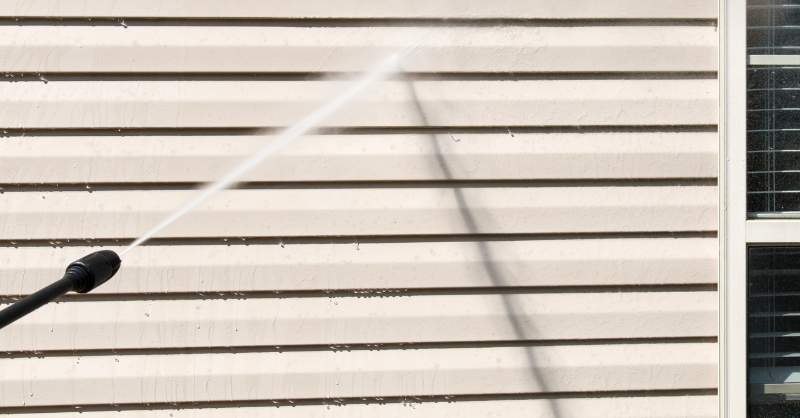
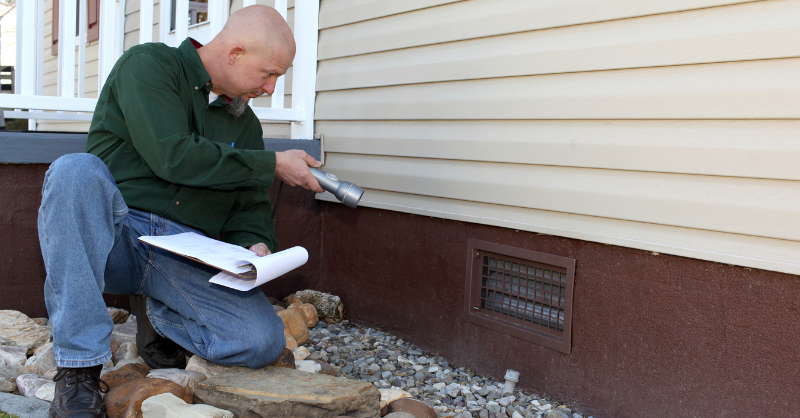
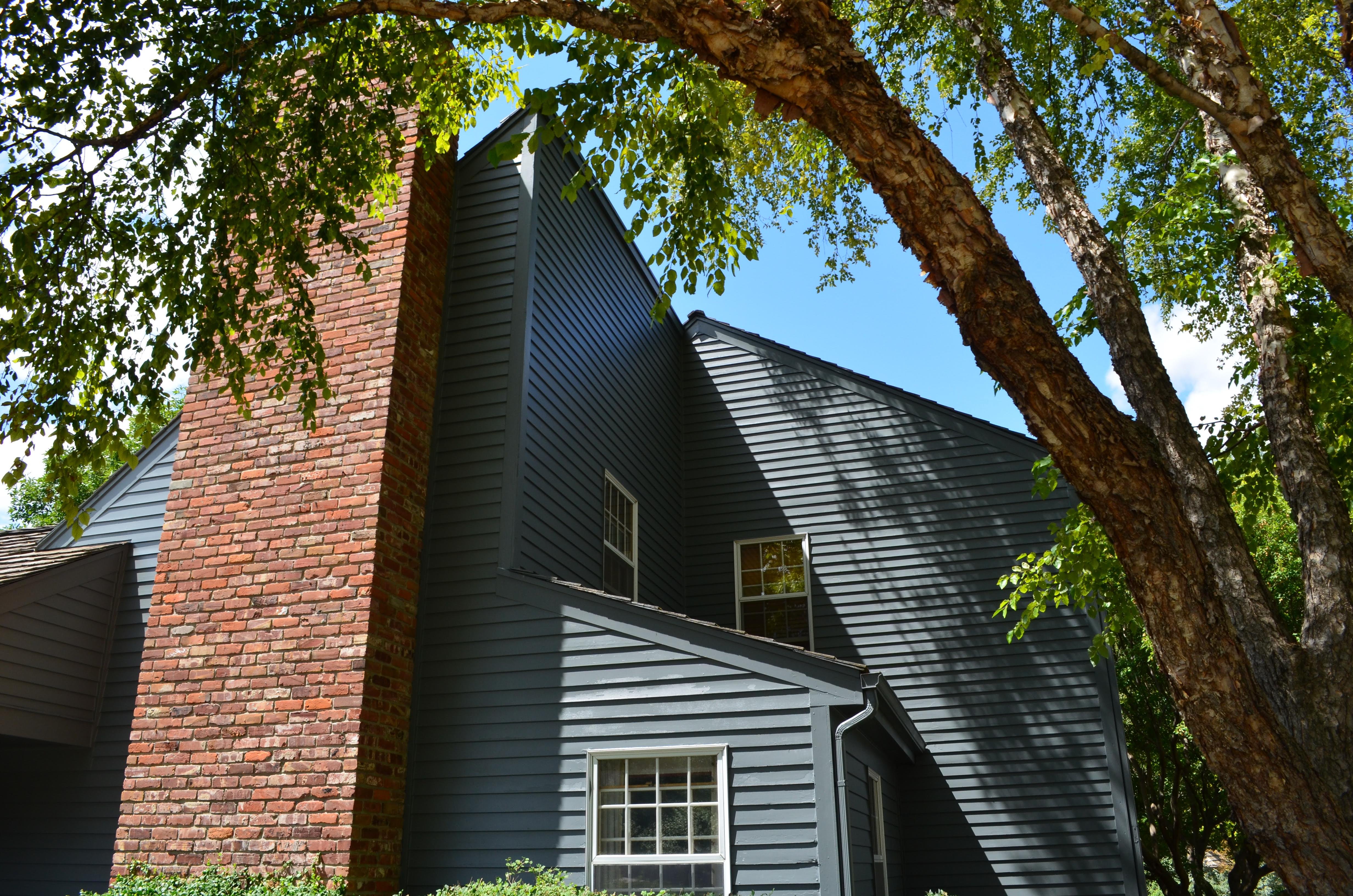
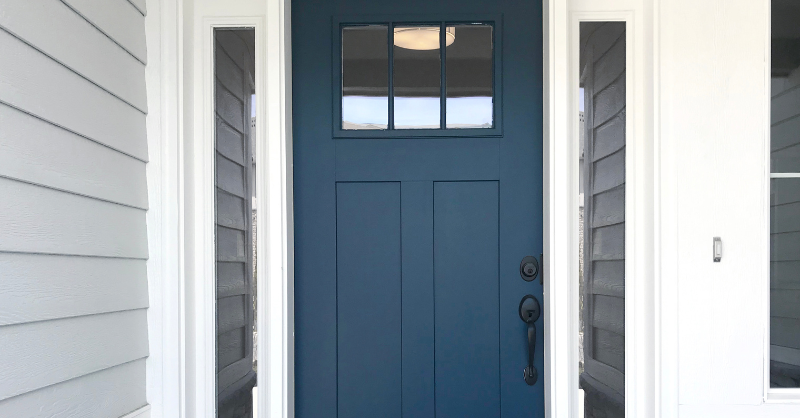
-Jul-21-2025-01-36-44-6117-PM.png?width=800&height=418&name=Blog%20Post%20Image%20Size%20(1)-Jul-21-2025-01-36-44-6117-PM.png)

